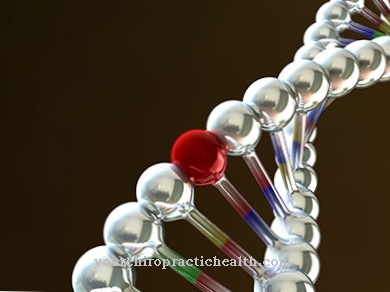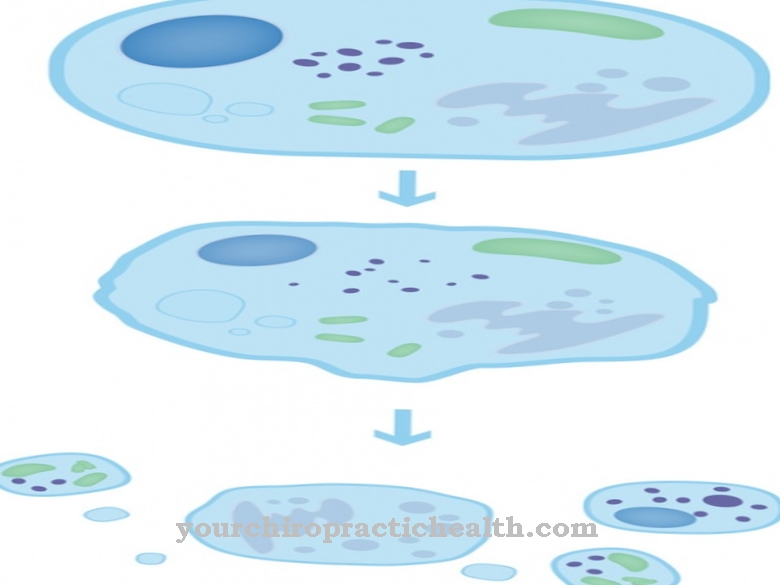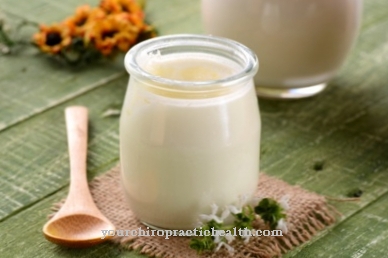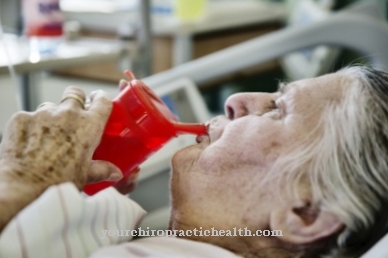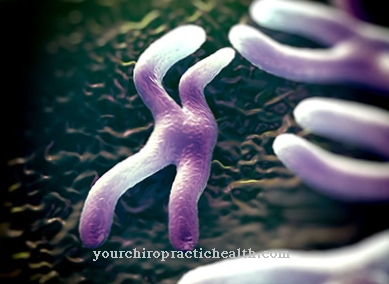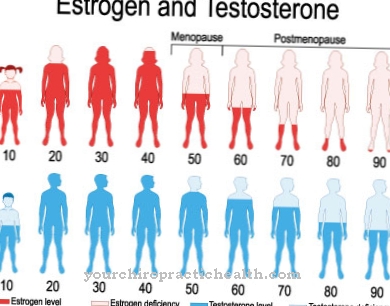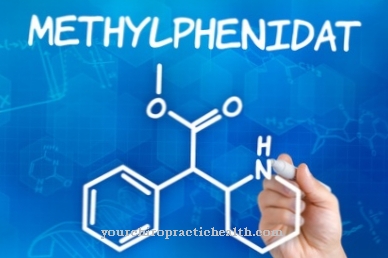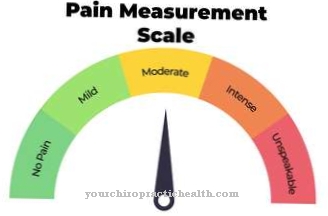Aprotinin is an antifibrinolytic and as such has an inhibiting effect on the cleavage of the protein fibrin (i.e. on fibrinolysis). Because of this property, it occurs in tissue adhesives. The indications include operations to create a coronary artery bypass and the very rare alpha2-antiplasmin deficiency, which is genetic. Because of the possible risks of aprotinin, the active ingredient is only approved in Germany under certain conditions.
What is aprotinin?
Aprotinin is an active pharmaceutical ingredient from the group of antifibrinolytics. The name of this group of substances goes back to the enzyme fibrinolysin, which is better known today as plasmin.
In medicine, fibrinolysis also refers to the process of fibrin cleavage by the enzyme plasmin, which is a serine protease. Temporary inhibition of plasmin is possible with aprotinin, among other things, since the active substance binds reversibly to the enzyme and deactivates it. The plasmin remains intact and can later become active again.
Aprotinin occurs naturally in the lungs of cattle. The pharmacological production of the active ingredient is based on the fermentation of that tissue. Filtration then removes superfluous components from the substance. A special gel is used as an aid in cleaning the fermented beef lung tissue.
Pharmacological effect
Aprotinin is found in tissue adhesives. Medicine also knows them as fibrin glue and uses them in surgery to close tissue layers or wound edges. Two components are required, with aprotinin being part of component 1. Other active ingredients of this component are fibrinogen and factor XIII, the production of which is based on the fractionation of human blood plasma.
Thrombin, which belongs to component 2 of the tissue adhesive and is initially present there in the form of the precursor prothrombin, is also based on this raw material. Component 2 also includes calcium chloride or calcium chloride dihydrate, which provides the calcium ions you need.
When used in surgery, the various active ingredients interact with one another: Prothrombin converts to thrombin and thus becomes enzymatically active. It then splits the coagulation factor fibrinogen into fibrin and activates factor XIII. This in turn interweaves the individual fibrinomers into a network that the human body can break down on its own.
The advantage is that, for this reason, the fibrin glue can also connect tissue that would be difficult to reach for later threading after sewing. The task of aprotinin in this context is to inhibit the body's own enzyme plasmin and to slow down its function. Plasmin breaks down fibrin and could therefore prematurely loosen the stuck tissue.
Medical application & use
Aprotinin can be used, for example, during an operation to create a coronary artery bypass. Such a bypass is an artificial bypassing of the blood vessel. The aim is to enable the blood to flow despite a narrowing of the affected coronary artery.
The bypass can bypass both an artery and a vein. Medicine also calls this clinical picture coronary stenosis, which often occurs in the context of coronary heart disease. However, a bypass is not necessary or possible in every case. For the surgical treatment of the constriction, for example, a stent can also be considered, in which a tube as an endoprosthesis in the blood vessel is intended to ensure the flow.
In the past, doctors also used aprotinin to stop bleeding when the bleeding was caused by increased fibrinolysis (hyperfibrinolysis). Today, however, this procedure is no longer common, as aprotinin is associated with risks that make its use only sensible under very specific conditions.
However, aprotinin is still indicated in cases of alpha2-antiplasmin deficiency. This is a deficit of the serine protease inhibitor. The inhibitor binds to plasmin and thereby deactivates it. A deficiency can therefore result in primary hyperfibrinolysis.
Alpha2-antiplasmin is produced in the correct amount in the liver in healthy people. The body can synthesize it by itself. Alpha2-antiplasmin deficiency is extremely rare with only a few cases described and is primarily based on a corresponding genetic predisposition that is inherited as an autosomal recessive trait.
For all indications that come into consideration for the use of aprotinin, it is necessary to weigh up individual factors that influence the cost-benefit ratio in the individual case.
Risks & side effects
Aprotinin temporarily lost its approval in Germany between 2007 and 2013, as a study from 2006 indicated a possible increase in the risk of kidney failure. The renewed approval went hand in hand with stricter conditions.
Hypersensitivity to beef protein is a contraindication to aprotinin use, as the active ingredient is a polypeptide from the bovine organism and comes from the animal's lungs.
Side effects of aprotinin include anaphylactic reactions, as well as various allergic reactions.The latter manifest themselves primarily as itching and pathological skin changes (efflorescences).
Bradycardia may develop, in which the heartbeat slows down and falls below the rough limit of 60 beats per minute that is considered the adult reference.
Aprotinin can also cause bronchospasm. This manifests itself in the cramping of the bronchial muscles, which may lead to an increase in airway resistance.
Chills and hypertension (high blood pressure) are also undesirable side effects of aprotinin. In addition, bruises (hematomas) and edema can form. The latter are characterized by an increased accumulation of fluid in the tissue.

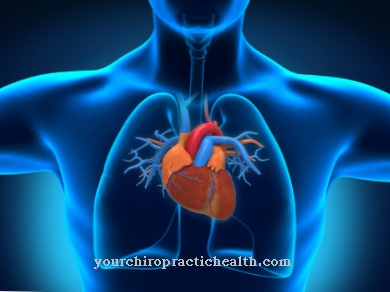
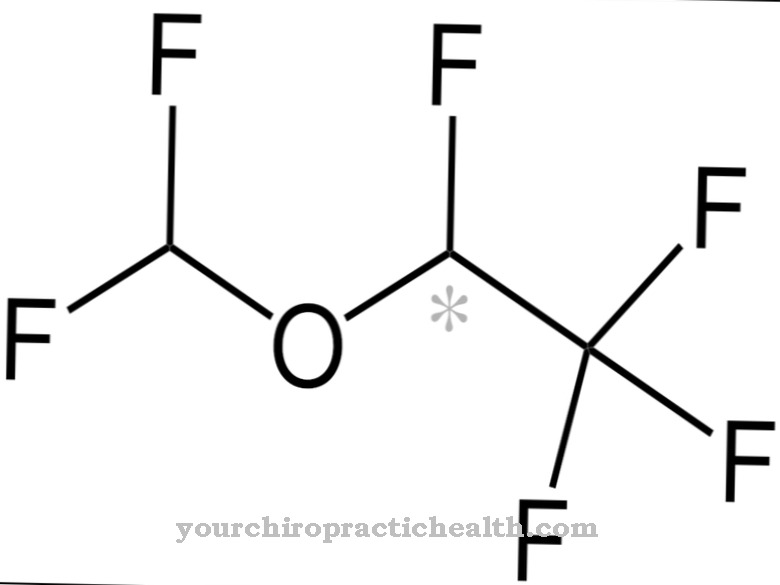
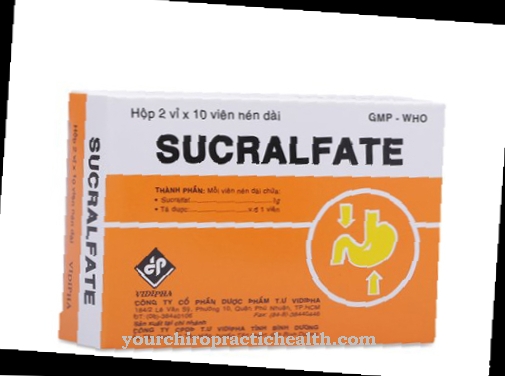

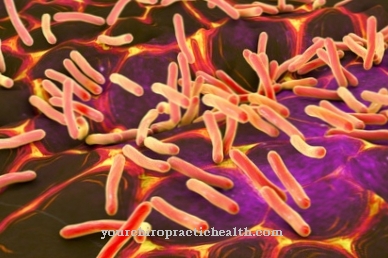


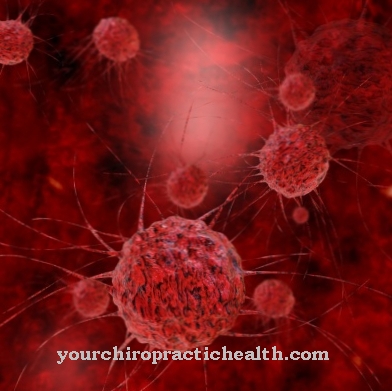



.jpg)
